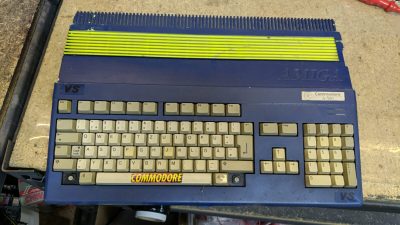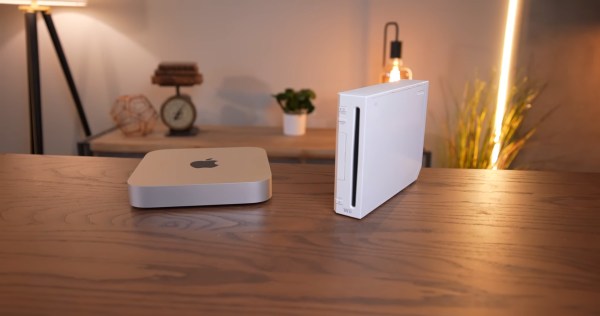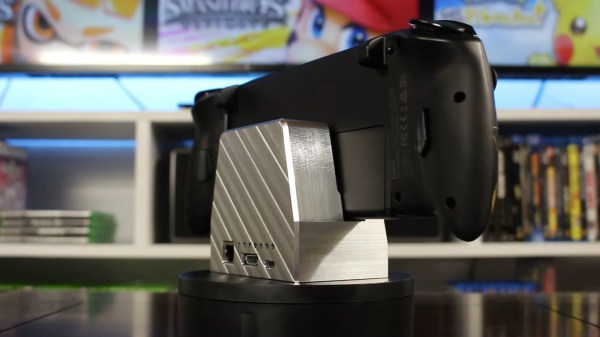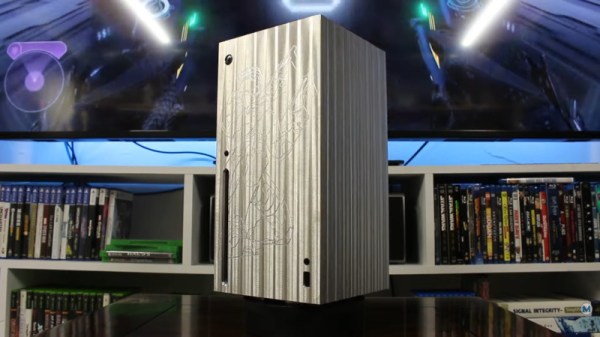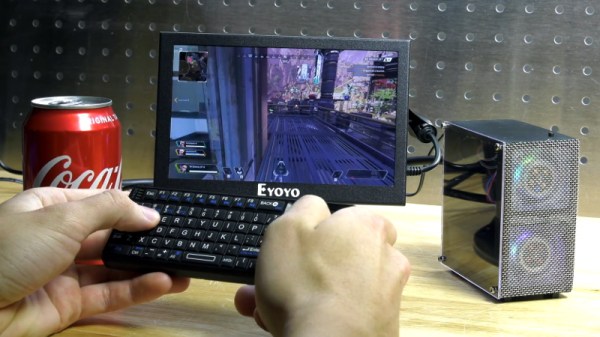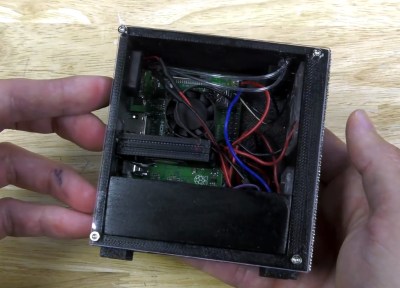Vintage hi-fi gear has a look and feel all its own. [ThunderOwl] happened to be playing in this space, turning a heavily-modified Technics stereo stack into an awesome neo-retro PC case. Meet the “TechnicsPC!”

You have to hunt across BlueSky for the goodies, but it’s well worth it. The main build concerned throwing a PC into an old Technics receiver, along with a pair of LCD displays and a bunch of buttons for control. If the big screens weren’t enough of a tell that you’re looking at an anachronism, the USB ports just below the power switch will tip you off. A later addition saw a former Technics tuner module stripped out and refitted with card readers and a DVD/CD drive. Perhaps the most era-appropriate addition, though, is the scrolling LED display on top. Stuffed inside another tuner module, it’s a super 90s touch that somehow just works.
These days, off-the-shelf computers are so fancy and glowy that DIY casemodding has fallen away from the public consciousness. And yet, every so often, we see a magnificent build like this one that reminds us just how creative modders can really be. Video after the break.
Continue reading “Vintage Stereo Stack Becomes Neat PC Case”



